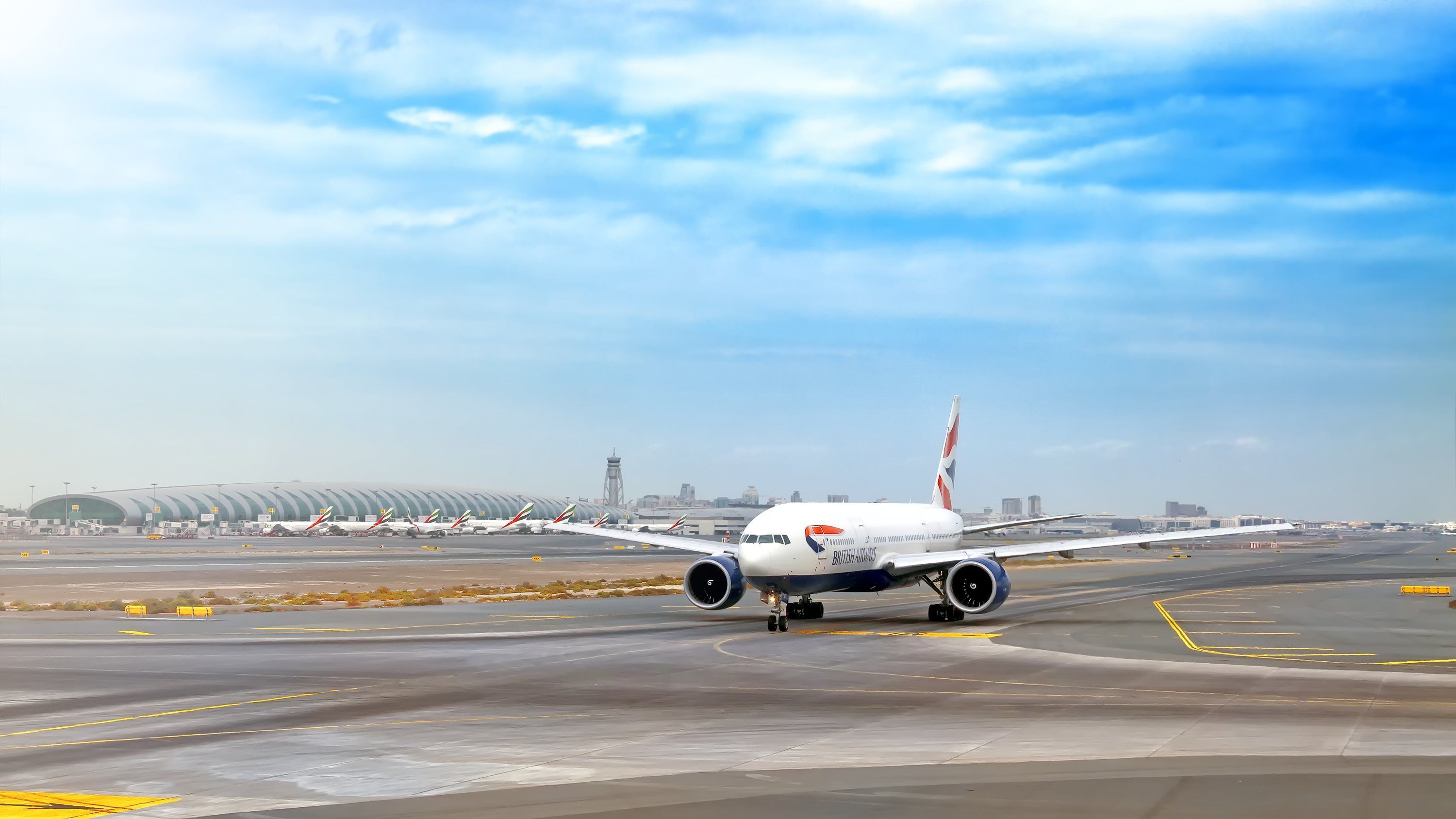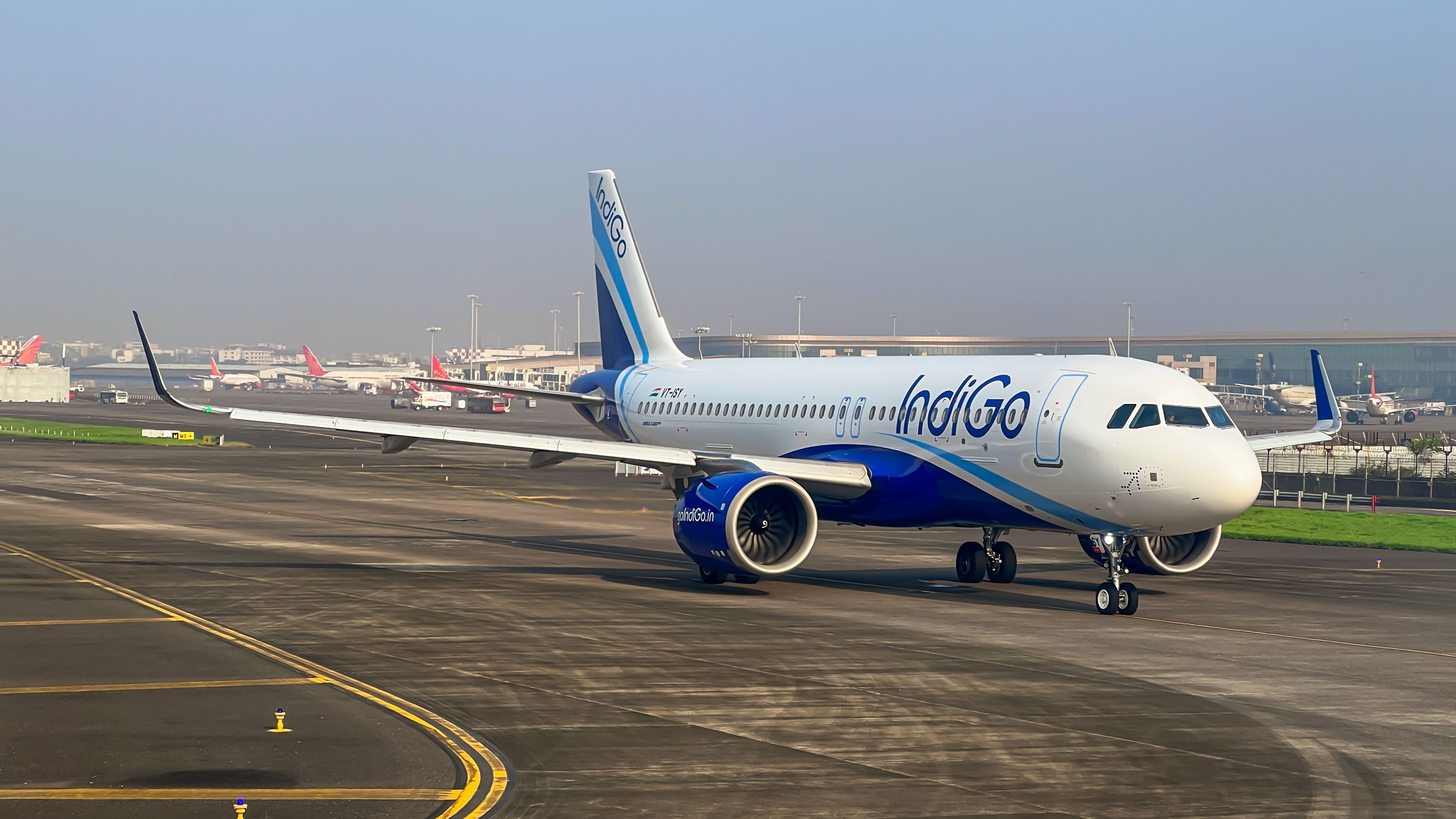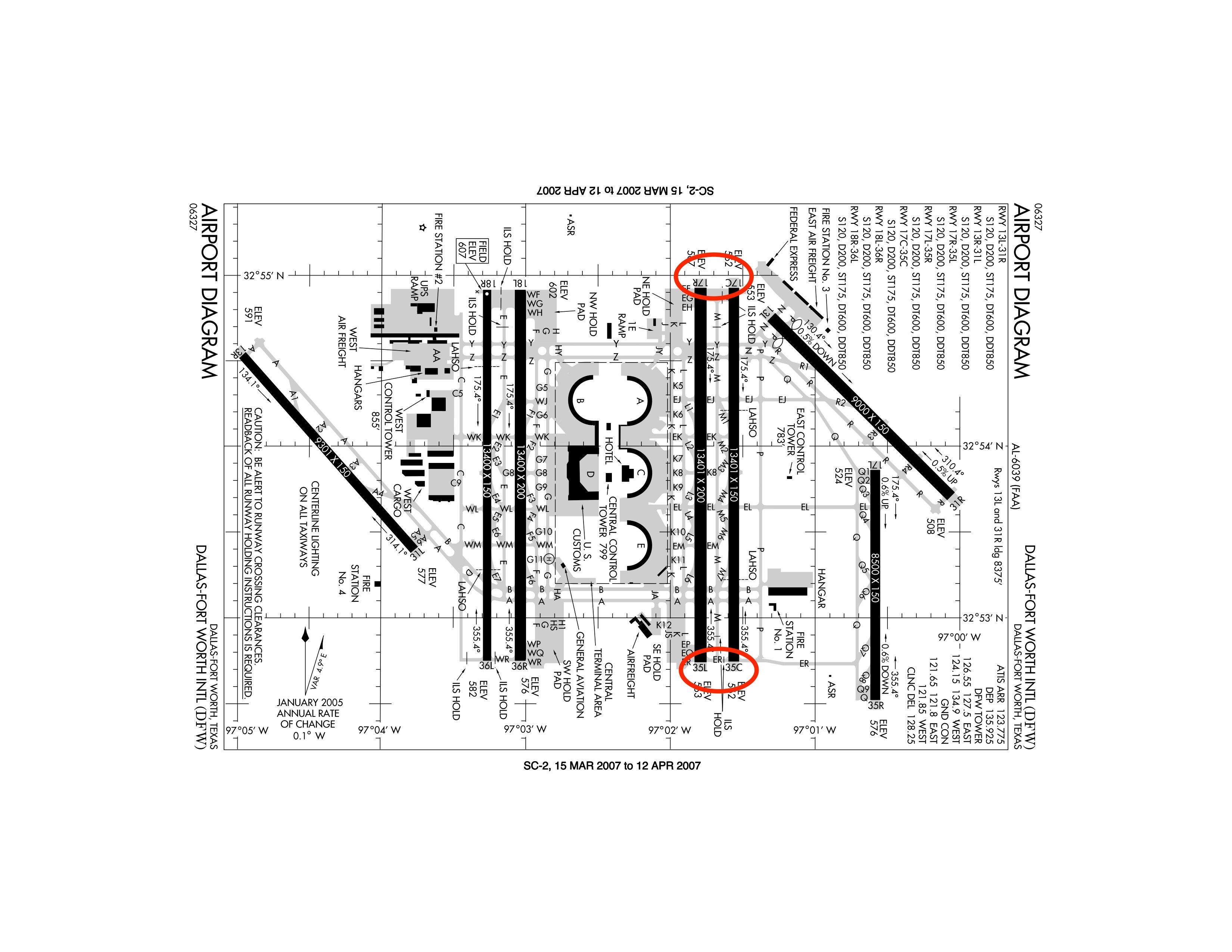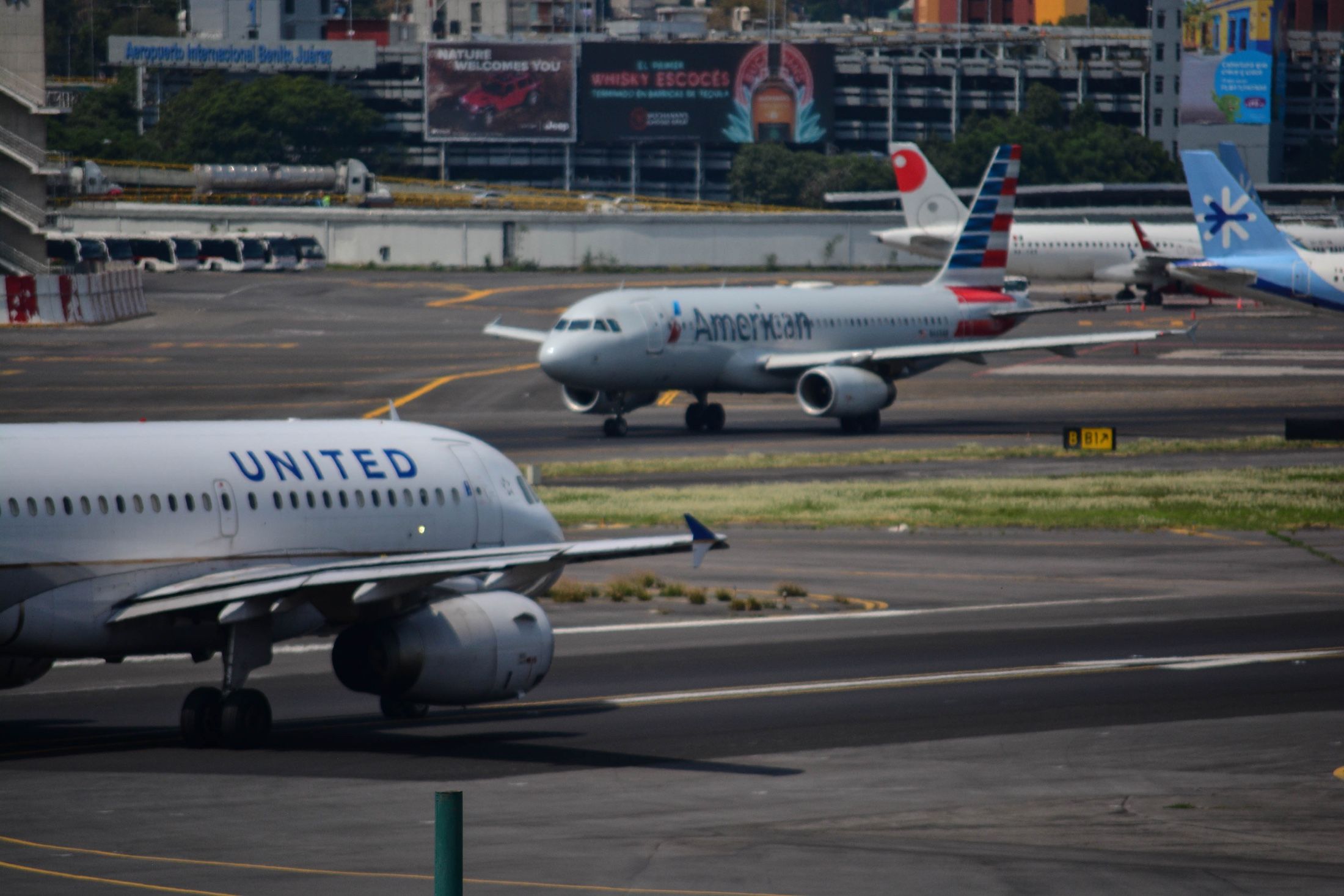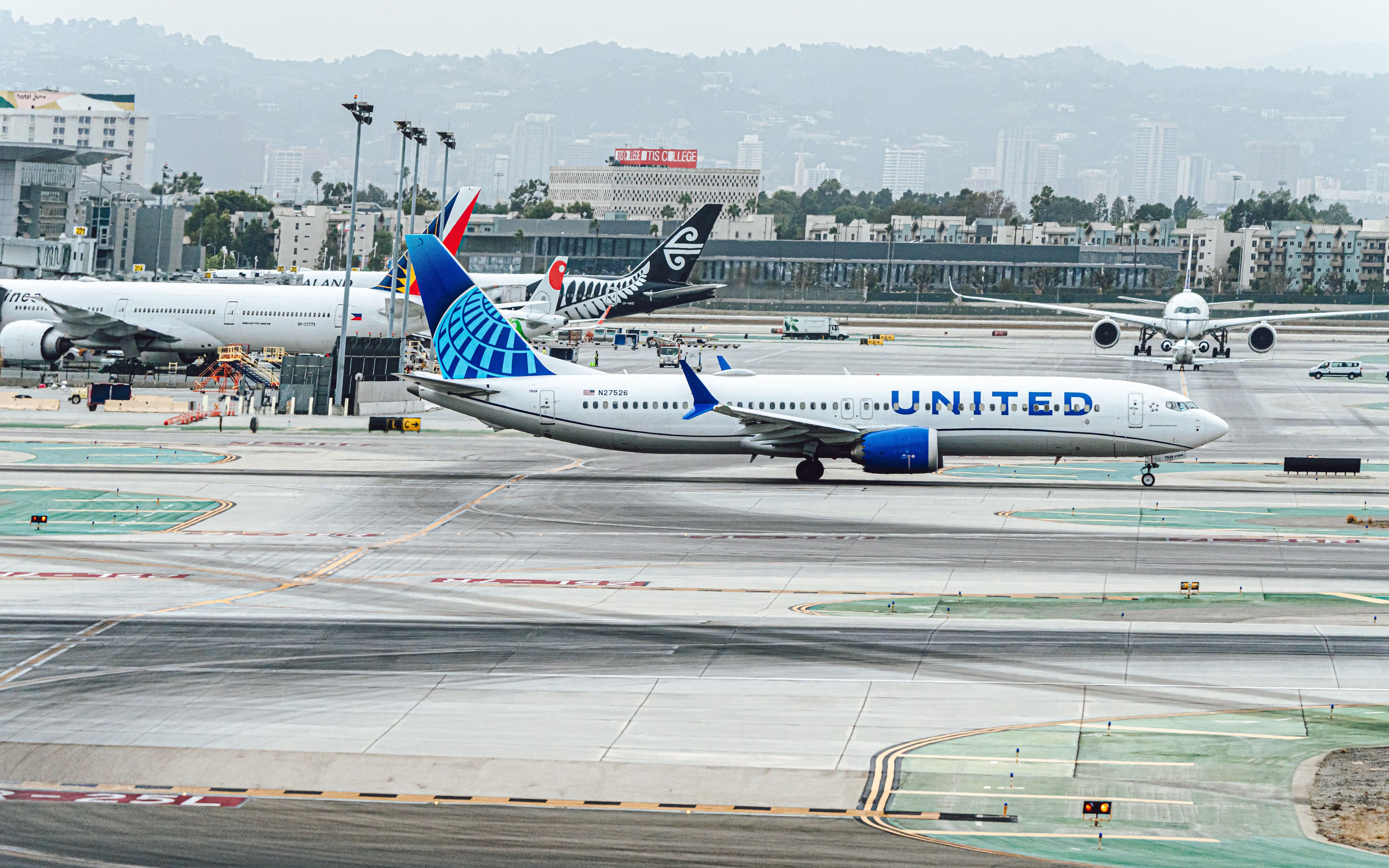Summary
- Pilots use in-cockpit technology like moving map displays to navigate taxiways, especially in low-visibility conditions.
- Communication between pilots and air traffic control is crucial, and reading back hold-short instructions is essential for safety.
- Ground controllers use ASDE-X equipment to track aircraft and vehicles on runways and taxiways, preventing potential conflicts.
If you have traveled through a busy airport, you may have experienced passing through long and congested taxiways to and from the runway. Have you ever wondered how pilots navigate through complex and crowded taxiways? From a passenger's perspective, taxiing may be a set of random movements, but pilots follow specific instructions while using advanced equipment and other cockpit resources.
Especially challenging are large airports, such as London Heathrow (LHR) and Chicago O'Hare Airport (ORD). Pilots navigate around these airports based on the moving map displays and the use of specialized taxi diagrams. This article focuses on a set of resources pilots use to navigate complex taxiways at airports, as highlighted by Aerotime Hub.
Cockpit resources
Flight crews operating commercial aircraft often benefit from using all in-cockpit technology. This includes panel-mounted, moving map displays that allow them to follow their aircraft movement on the airport diagram page. The benefit is exponential when operating at night or in low-visibility conditions.
Those aircraft that do not have electronic displays require the crew to have tablet computers with similar taxi diagrams or even paper taxi charts. Regardless of what equipment is used, communication is vital between pilots since the pilot taxiing the aircraft will follow guidance from the pilot not flying, who constantly refers to the airport diagram and communicates with air traffic control. Situational awareness is critical.
Construction notice diagrams are also beneficial since many big airports are constantly under some ongoing expansion, revamping, or construction. This can significantly impact potential taxi routes when on the ground. Looking at these can help crews determine potential limitations to taxi routes during the flight planning process.
Communication is the best resource
As mentioned, in-cockpit communication is crucial, and following air traffic control instructions is vital. There are some ATC instructions to keep in mind. Hold-short instructions must be read back every time they are issued. These can pertain to holding short of a taxiway or runway environment. Land And Hold Short Operations (LAHSO) are used at many airports with intersecting runways.
Pilots are asked to confirm a hold-short instruction even before they land on a runway that intersects another runway further down the landing surface. If a crew cannot accept such an instruction, they must advise ATC, which would then coordinate traffic on the other runway.
LAHSO clearances are not mandatory, but once on the ground, all hold-short instructions must be adhered to. This applies to inbound and outbound traffic. Many complex airports have signage and specific taxiways for aircraft taxing for departure and another set of the same for arrivals. This comes in handy but certainly adds to the likelihood of confusion.
It is possible that an experienced captain would ask for progressive taxi instruction if they were not familiar with the airport, especially during inclement weather or at night. When requested, a progressive taxi instruction is used upon clearing the landing runway and asking for a progressive taxi. ATC can provide a complete set of turns and routes right there before the start of the taxi.
The other option is the step-by-step instructions, provided in stages, while the aircraft taxis. Progressive taxiing is provided when the pilot requests or when necessary by the air traffic controller (e.g., due to construction works, closed taxiways, etc.).
ATC equipment
Ground controllers can use their equipment to aid pilots when giving taxi instructions. The Airport Surface Detection System — Model X (ASDE-X) is a surveillance system using radar and satellite technology that allows air traffic controllers to track the surface movement of aircraft and vehicles.
The ASDE-X alerts air traffic controllers of potential runway conflicts by providing detailed movement coverage on runways and taxiways. By collecting data from various sensors, ASDE-X can track non-transponder-equipped and transponder-equipped vehicles and aircraft in the airport movement area.
Regardless of the equipment pilots or controllers use, the best way to prevent a runway incursion or accident is to say the magic words "Say Again." This will ensure the transmitting party knows the receiver has not fully understood the message. Opening the door for a clear repeat of the intended message will go a long way to making sure flight crews safely navigate complex airport ground environments.
What are your thoughts on the instructions and resources pilots use to navigate through taxiways? Share your opinion in the comments section.

